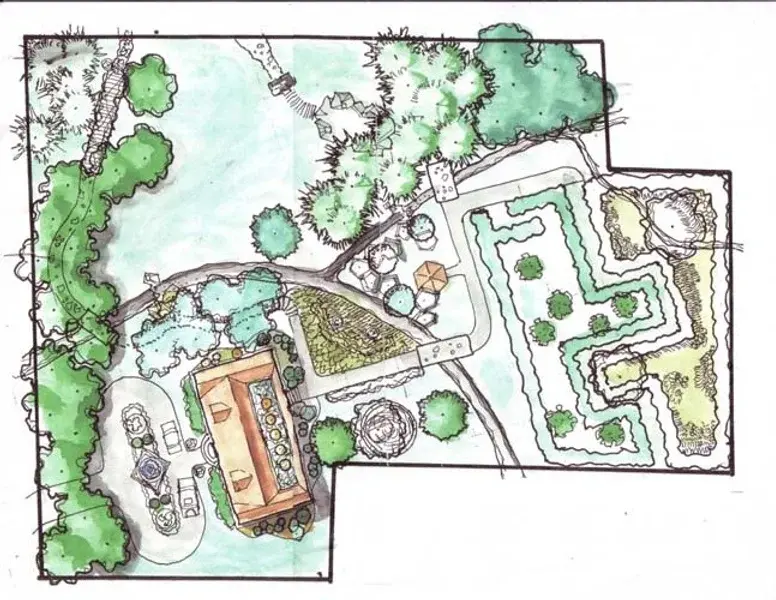Dear Reader, I hope today's Sketch Blog reaches your heart as it has my own—this is a rich and relatable topic, and it fits beautifully into the spirit of WIP Wednesday.
Today’s Work In Progress isn’t a drawing, a commission, or even a shiny new idea. It’s a promise—fifteen years old—buried under years of sketchbooks, freelance gigs, and beautiful things made for everyone but me. It’s the landscape design I said I’d create for my parents. And it’s a promise that’s been quietly watching me from the background all these years, like a loyal pet… or maybe more like an elephant in the room.
If you’re an artist or artisan, you’ve likely met this beast before. You pour your energy into clients, commissions, community projects, and passion collabs—but the things you wanted to do just for you, or for the people closest to you, often get shelved “for later.”
Why is that?
Today’s blog is about how I’m finally beginning to unpack that mystery—and how I’m using the process of my 8 Pages of Sketchbooking to build habits that help me show up for myself creatively, not just for everyone else.
Page 1: Show Up
Showing up for others is often easier than showing up for ourselves. There’s accountability. There’s structure. There’s a deadline. But when the project is deeply personal—like creating art for family or finishing a dream concept—there’s no external motivator. That absence can feel paralyzing.
The first step I’ve had to take is reclaiming the art space as a place I can enter for me. Not for productivity. Not for output. Just to show up and make marks.
This is the same advice I give others: Show up with curiosity, not expectations. And now, I’m practicing it with myself—especially for this landscape design.
Page 2: Warm Up
Warming up isn’t just physical—it’s emotional. When I open the sketchbook and try to start on my parents’ plan, the weight of “I should’ve done this years ago” hovers over the page like a storm cloud. Guilt, perfectionism, procrastination—they all crowd in.
So, I start small. Scribbles. Doodles. Thumbnail sketches that aren’t trying to be anything but play. It helps. A lot.
These warm-ups shake the dust off the creative gears and remind me that drawing for myself doesn’t have to feel like pressure. It can just be fun again.
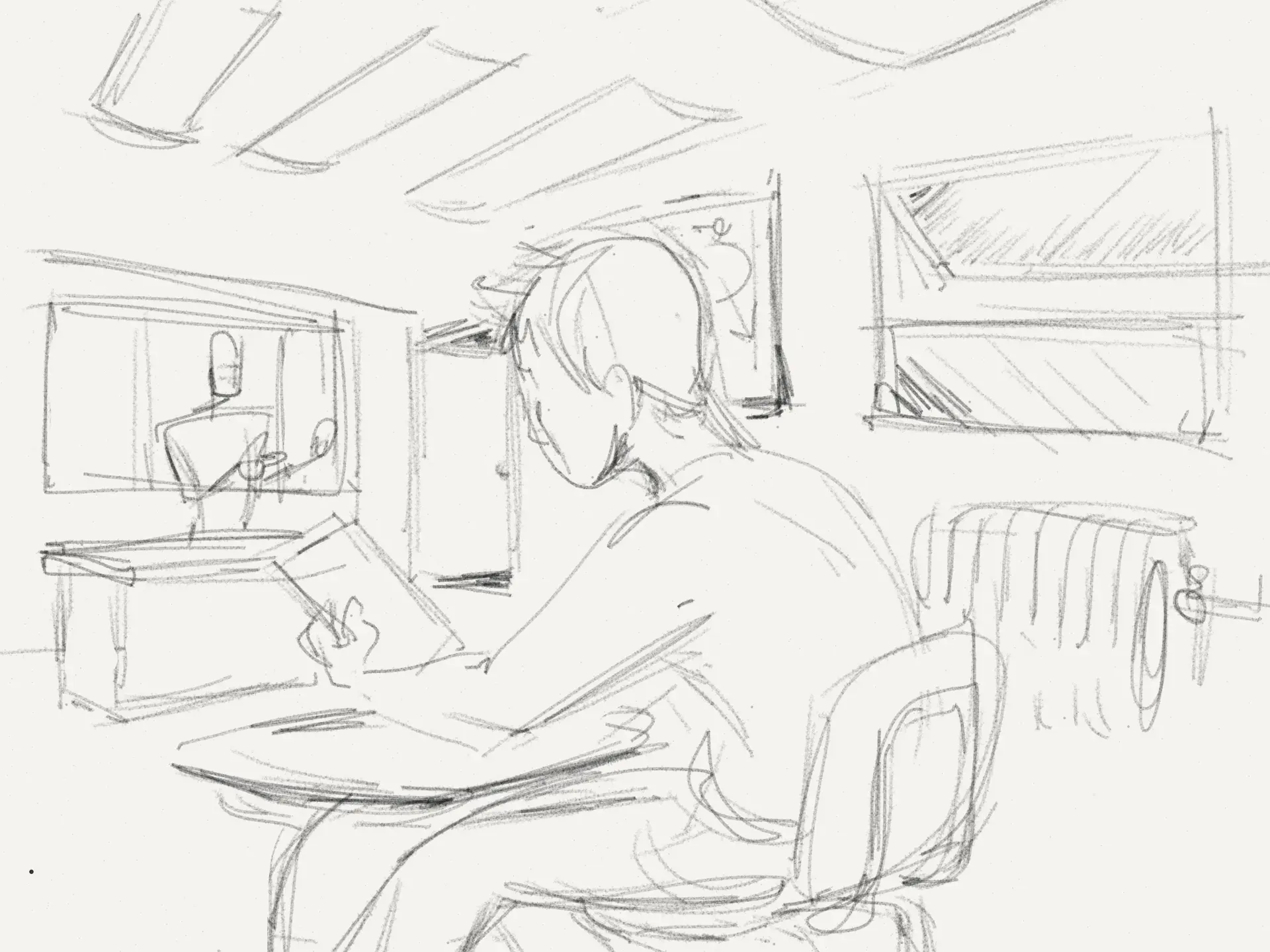
Page 3: Observe
This step has been vital. In trying to finally tackle this long-promised plan, I had to re-learn how to see the space I’m designing for. Not just with an artist’s eye, but with a child’s curiosity and a friend’s compassion.
I looked at old photos of my parents' backyard. I sat in the garden and listened to what it had to say. I noticed things I’d missed before. Their values. Their dreams for the space. The way light moves through the trees at dusk.
It made me realize I wasn’t just drawing a landscape. I was drawing a memory map, a love letter, a place where years of their story would continue to grow.
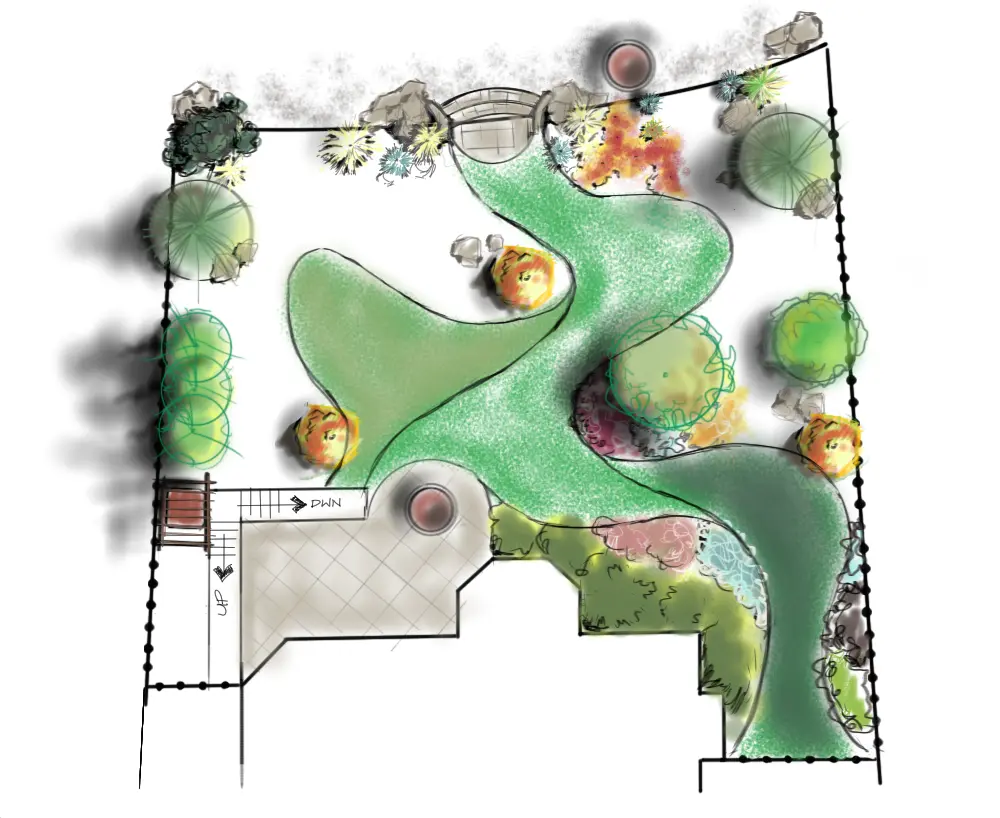
Page 4: Study
This is where I hit the books—and the YouTube rabbit holes. I researched landscape design principles again. Studied how artists and architects create functional yet magical spaces. I revisited my own archives—old design work, long-lost plans—and learned from my past self.
When we create for others, we often shortcut this step because we feel the need to deliver quickly. But creating for ourselves is an invitation to go deep. To learn again. And that’s incredibly freeing.
Page 5: Imagine
Now comes the best part. The pure “what if” play that imagination allows.
Once I gathered my references and ideas, I let loose. I imagined a space my parents could wander through like a storybook. I sketched with no limits: bridges over koi ponds, vine-wrapped pergolas, secret sitting spots tucked behind lavender hedges. Not all of it will make the final plan. But that’s not the point.
This step is about vision. About permission. And it’s where the real joy of creating for ourselves begins to bloom.
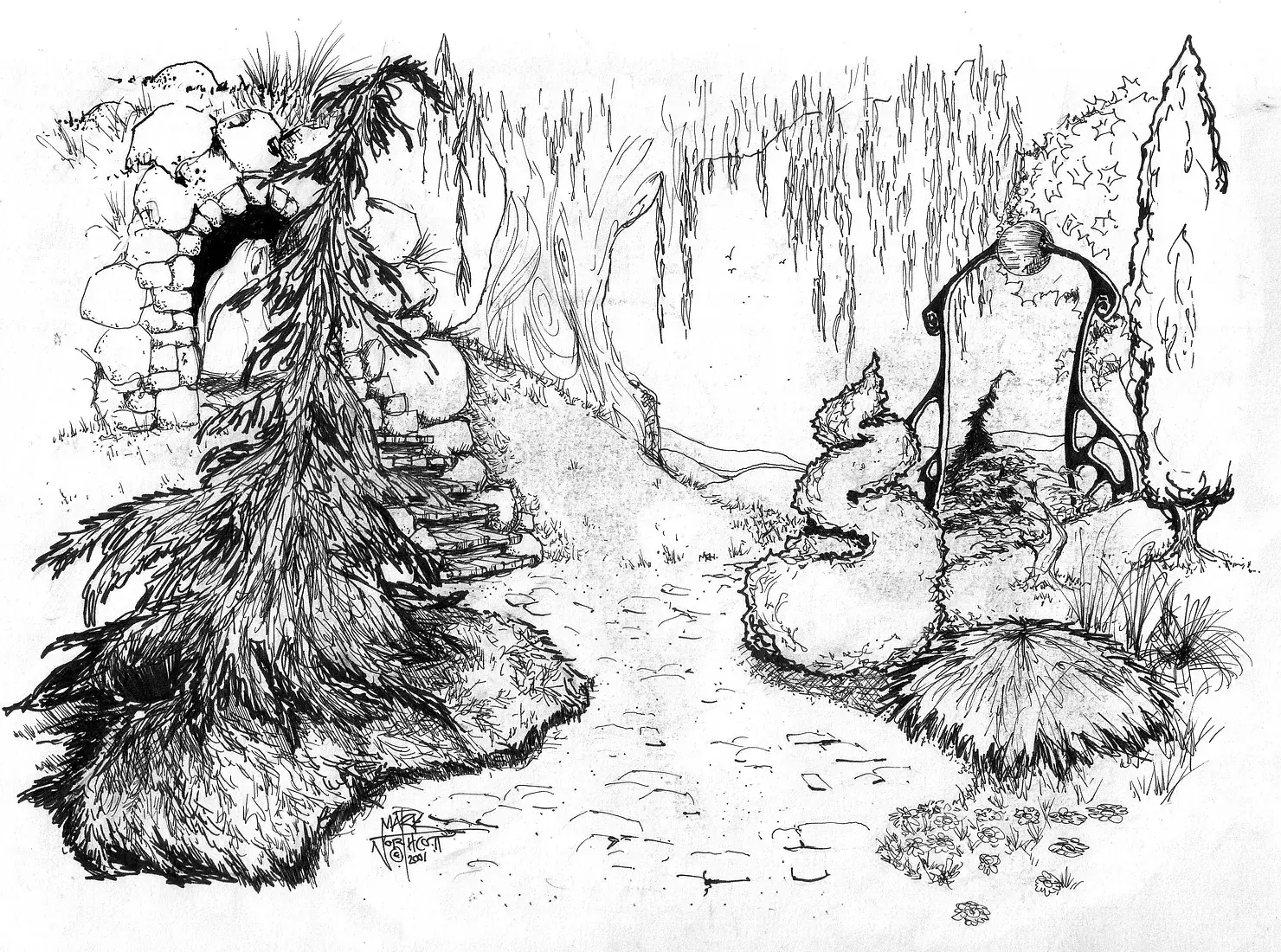
Page 6: Design
With the groundwork laid, the actual design begins. Here’s where structure and spontaneity dance together.
I used layers: tracing paper, overlays, digital sketches. I iterated without judgment. I let the page be messy, letting go of the illusion that a personal project has to be perfect. Instead, I focused on progress. That’s what makes it a Work In Progress after all—not an Unfinished Failure.
In this stage, I saw how far I’d come—not just in skill, but in patience and process.
Page 7: Refine
Once the rough plan began to take shape, I honed in on the details. Plant selections. Path materials. Seasonal light. Drainage. Even sentimental touches—like a bench made from reclaimed wood from their old deck.
This step reminded me that refining isn’t just polishing. It’s deep listening. To the story, to the people, to the piece. And to myself.
This is where the “work for others” and “work for self” start to align. Because the love that drives both is the same.
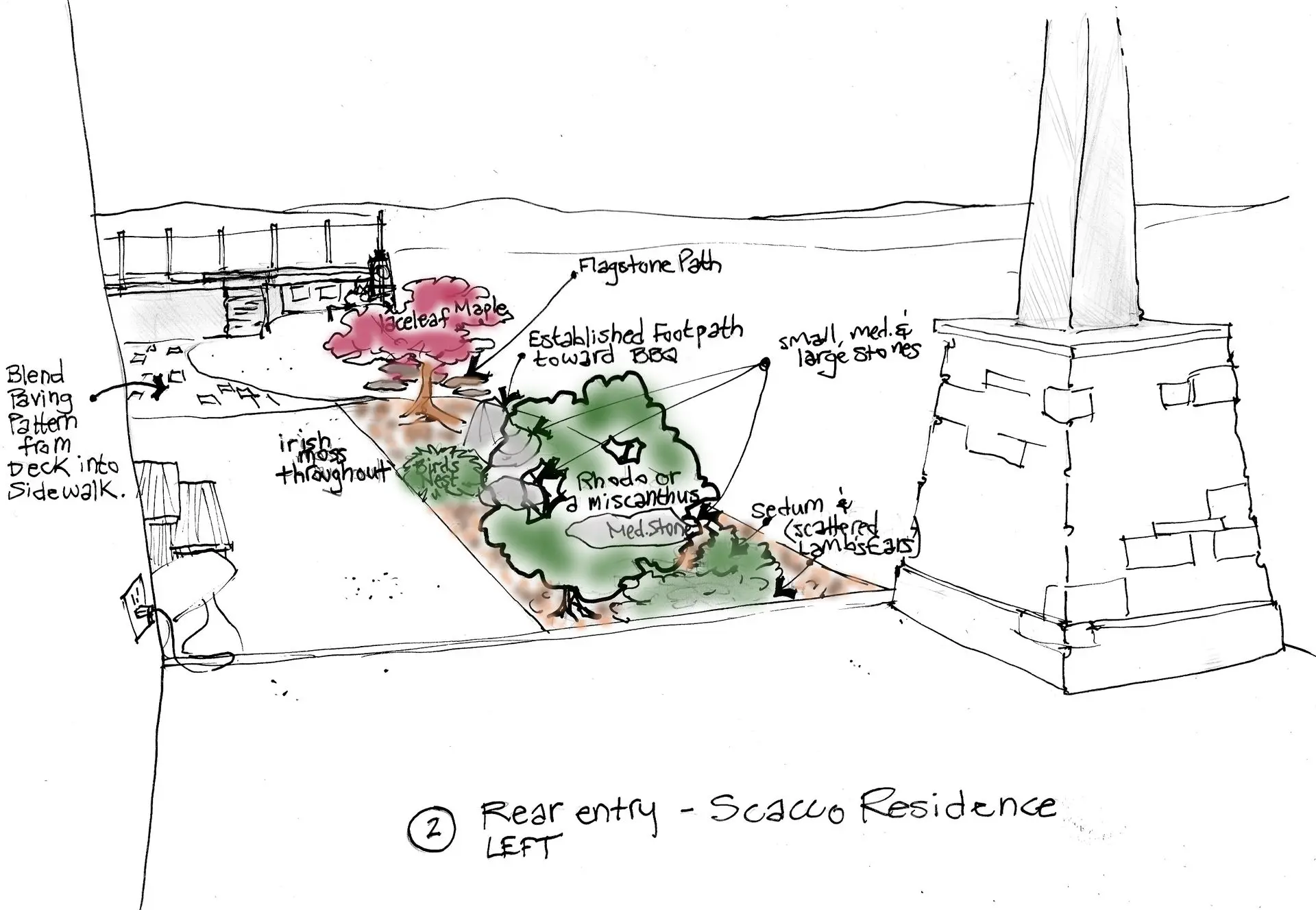
Page 8: Share
And finally—after all this time—I’m almost ready to share it with them. But also with you. With anyone who’s held onto a personal project so long that it began to feel too heavy to carry.
Here’s what I’m learning: that elephant in the studio? It’s not a burden. It’s a reminder. Of the promises we’ve made to ourselves. Of the joy still waiting on the other side of procrastination. Of the beauty of doing the thing not because we have to, but because we want to.
Sharing your personal work is an act of vulnerability. But it’s also an act of returning. To yourself. To your values. To your art.
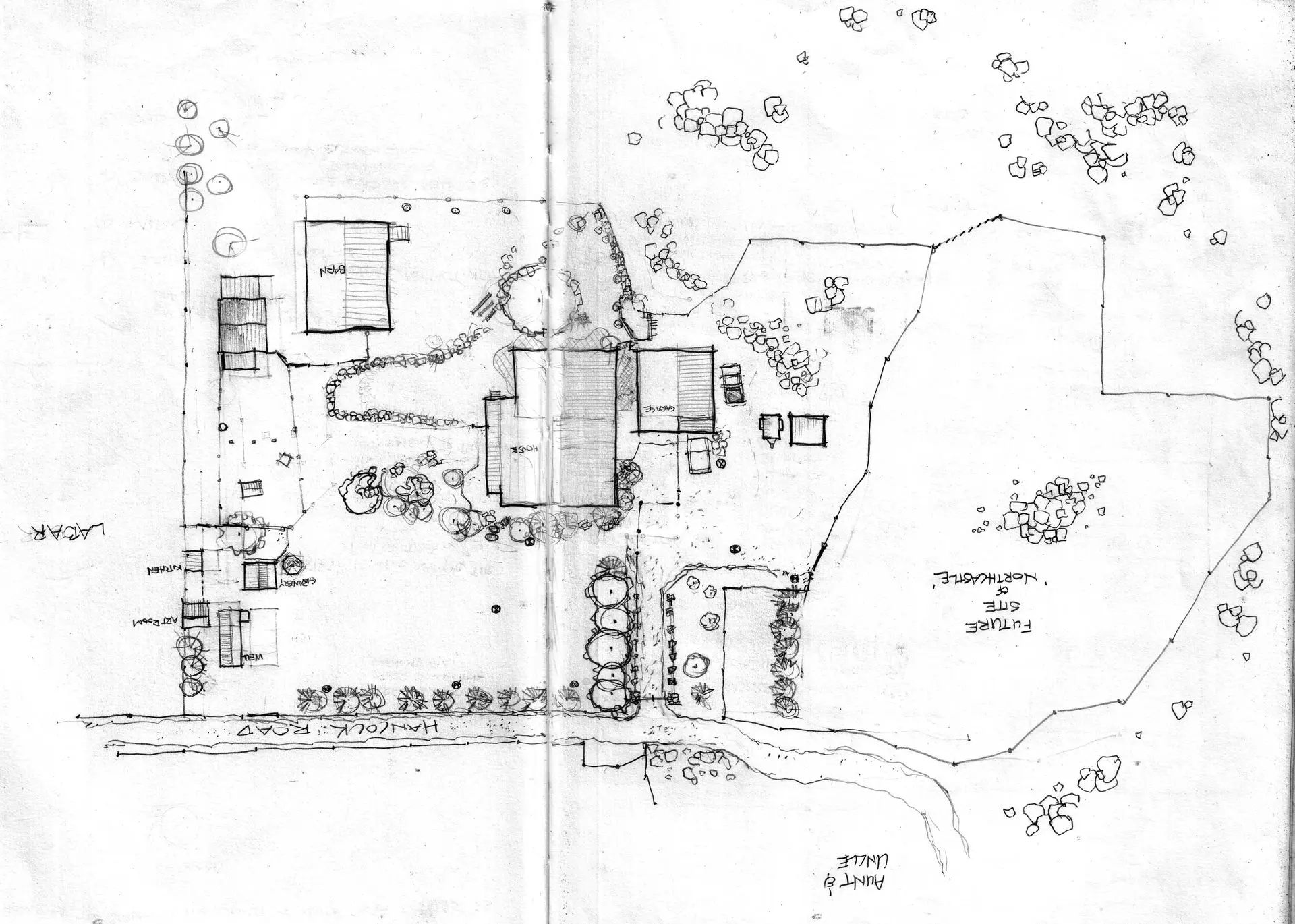
Closing Thoughts
If you’re someone who makes magic for everyone but yourself, you’re not alone. Many artists carry the silent weight of unfinished personal dreams.
But those dreams aren’t gone. They’re just waiting for you to come back.
Let your Work In Progress be exactly that—a work in progress. Not a shameful secret or a someday thing, but an active journey. Use whatever process keeps you grounded. For me, it’s the 8 Pages of Sketchbooking. For you, it might be something else. But the heart of it is this:
Show up. Start small. Be kind. Keep going.
Let this be the year you finally make that thing. For your family. For your childhood self. For the joy of it.
For you.
